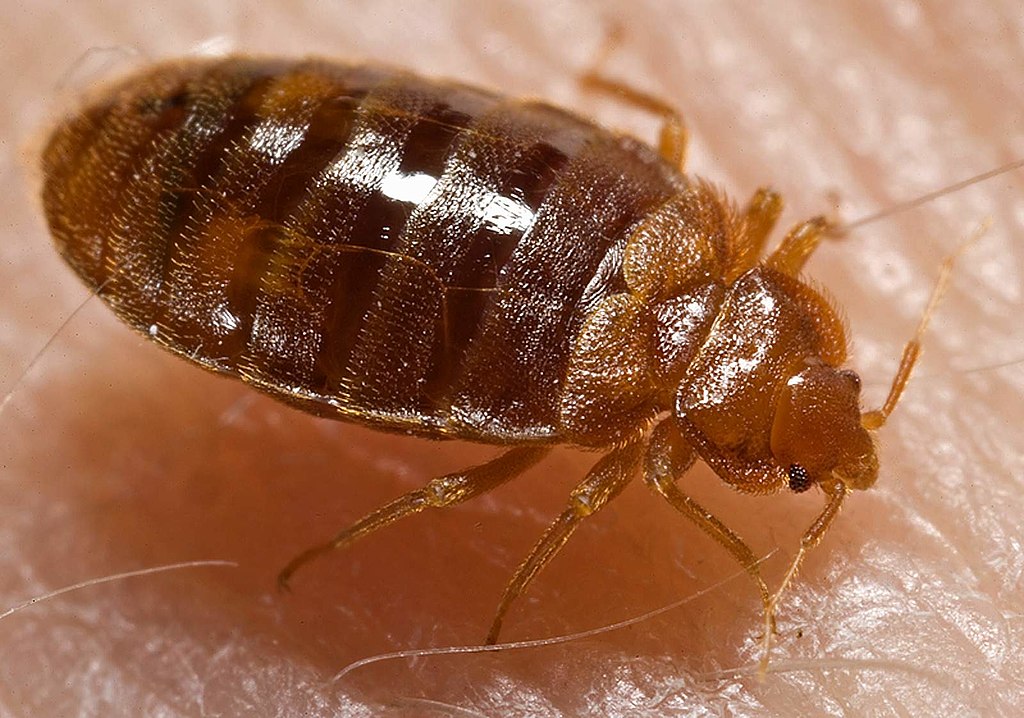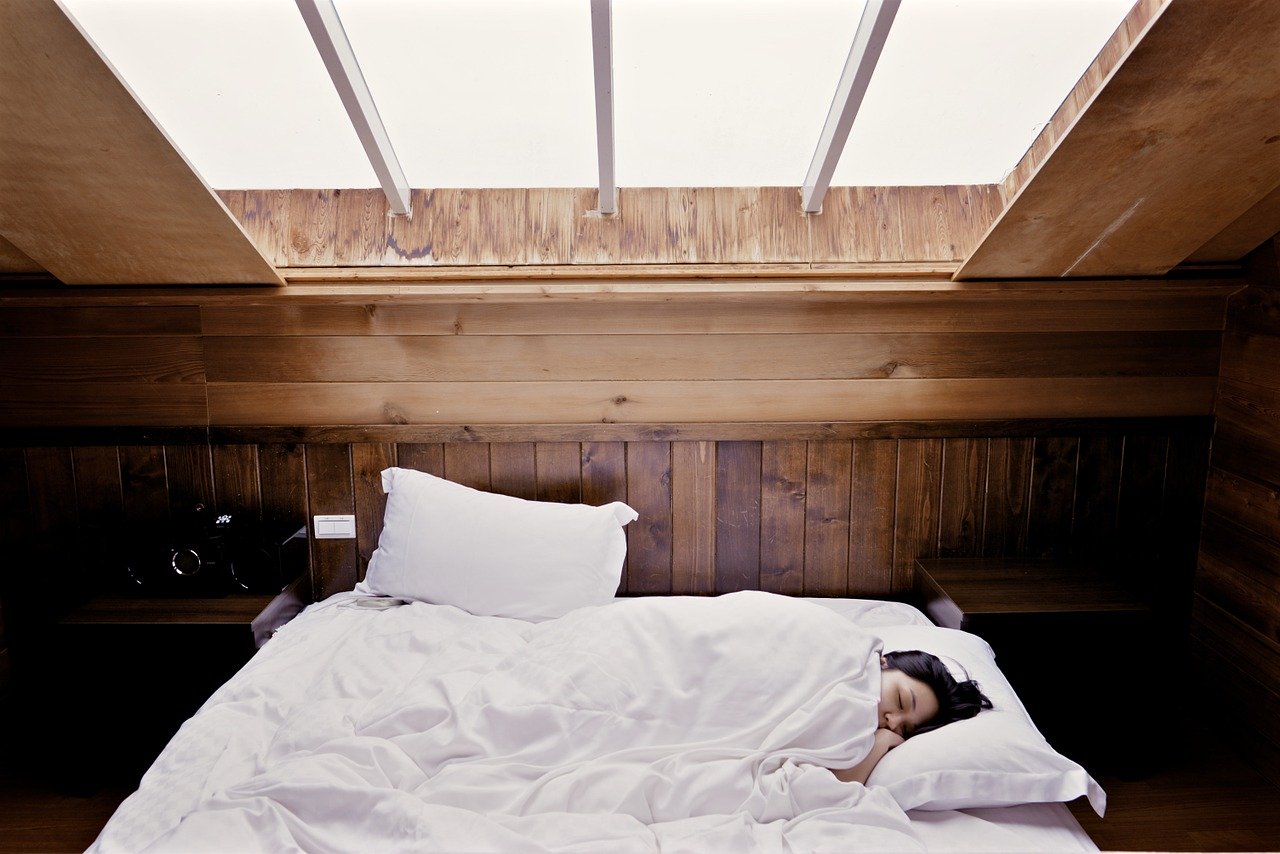When you have bed bugs at home, one of the first things you should do is try to control them. Contain them in a small area as much as you can. This will make them easier to manage. However, this is easier said than done. Bed bugs naturally spread from room to room, making them difficult to contain.
How do bed bugs spread from room to room?
Many people think that bed bugs, as their name suggests, stay in beds and bedrooms, but that is not entirely true. So, let’s go through a few bed bug facts, shall we?
1. Bed bugs don’t really stay in one room
Many people think that bed bugs will only stay in beds or in one room to be close to their victims as much as possible. There is some truth to this…
Bed bugs do prefer to be near their blood meal sources — so much that they will follow you when you go to other rooms. Bed bugs crawl. If you move bedrooms when you discover you have bed bugs, they can crawl to your new room and start to spread there.
2. They like to stay away from you after a blood meal
Bed bugs don’t constantly follow their blood meal sources. After feeding, they would like to stay away from you to keep themselves safe from detection. They only feed about once a week, so they wouldn’t even be around you most of the time.
Many times, they will hide within the infested room. They can stay in bed frames, bedside furniture, cabinets, carpets, curtains, and walls. But they can also hide in areas beyond your room, essentially spreading the bed bug infestation throughout your home.
3. They can crawl
Bed bugs spread from room to room by crawling. They don’t fly or jump. But don’t let their limited mobility fool you. They are still good at traveling around. They can crawl at the speed of 4 feet per minute. This means that they can be in another room in your home within a few hours — and this is if they are unassisted.
Many times, you are not even aware that you are assisting bed bugs in moving around your home. They can hitchhike on your clothing, furniture, and personal items.

4. They can be carried on clothing
Bed bugs can hitch a ride on your clothing to move from room to room. The clothing can be the one you are literally wearing at the moment. It can also be a pile in your cabinet that you move from place to place.
Since bed bugs like to be around you when they need to feed, they are likely to get into your clothing as they try to get a bite of you. Bed bugs are also likely to hide in piles of clothes, especially old and neglected ones that you don’t disturb on your cabinet. They consider these piles safe havens.
5. They can spread from room to room by hitchhiking
Bed bugs spread from room to room as you move infested furniture and personal items around your home. The word “bed bug” can be misleading because these pests can actually thrive beyond your bed. They do like soft-cushioned furniture like mattresses, sofas, and chairs. But they can also thrive in solid furniture like bedside tables and cabinets and other areas like carpets and walls.
6. They can go through openings and walls and like to hide
Bed bugs are small insects. Adults are roughly the size of apple seeds or about 5 to 7 millimeters. This has a lot of advantages for them. It doesn’t just make them more difficult to spot. It also makes them more effective travelers.
Bed bugs can go through walls, so they can spread from room to room. If you live in a closed neighborhood like an apartment or condo, this is even worse. The pests will be able to spread from unit to unit.
The small size of bed bugs also gives them an easier time hiding in clothing, furniture, and personal items. This means that they can hitchhike even more effectively.
Prevent bed bugs from spreading
If you don’t want bed bugs spreading from room to room, just get rid of them completely. That sounds simple enough, but it’s not easy. Bed bugs are difficult pests to deal with. They are small. They are great at hiding. And they are able to move around your home.
There are a lot of DIY articles out there to get rid of bed bugs yourself, but you won’t be able to pull them off all the time. It’s better to just hire pest control professionals. Even these certified and experienced pest controllers take 3 to 6 weeks to get rid of infestations. Your amateur and DIY approach will surely take more time — if it works at all.

Untreated bed bug infestations can be dangerous
You don’t want bed bug infestations simply because they are disgusting. Bed bug carcasses, eggs, and poop stains are a common occurrence in bed bug-infested homes. The musky smell from bed bug pheromones can also ruin the feeling of cleanliness in a room.
But you should get rid of bed bugs not just because of hygiene but also because of health concerns. Bed bugs are not known to spread diseases. But bed bug bites can be a cause of concern. They can be incredibly itchy, forcing you to scratch them carelessly. This can lead to wounds and infections, not to mention sleepless nights because of the severe itchiness.
Bed bugs don’t just stay in the bedroom
Bed bugs spread by crawling around or hitching a ride on objects. The latter is more likely to start infestations. Heavily inspect all objects you are about to introduce into your home. Secondhand furniture are particularly problematic. But don’t ignore personal items, especially those with cracks and crevices where bed bugs can hide.
Crawling is less likely to start infestations, especially if you live in single-detached homes. Bed bugs won’t be able to move from house to house. However, crawling can start infestations if you live in apartments and condos. Fix cracks and holes and always inspect your walls.

